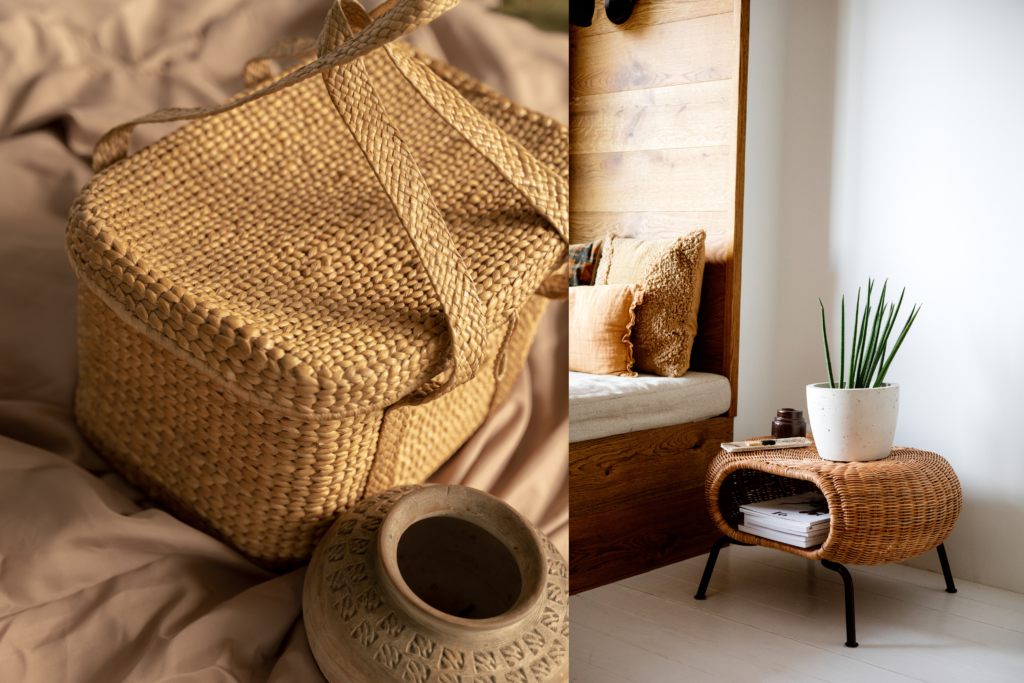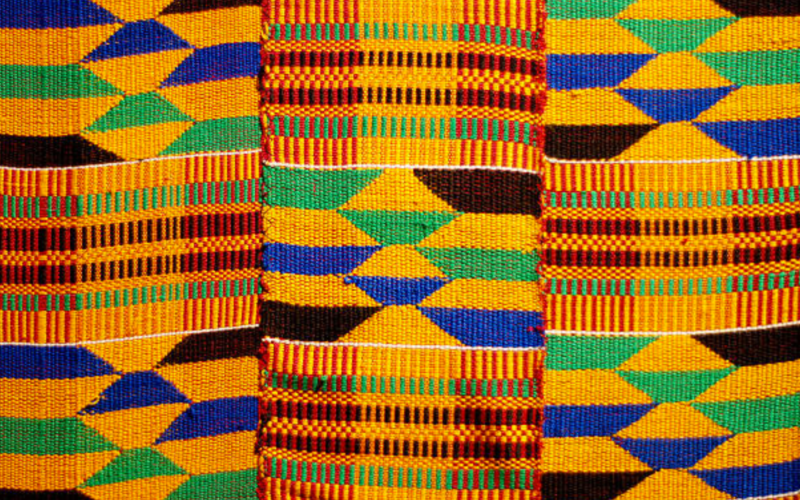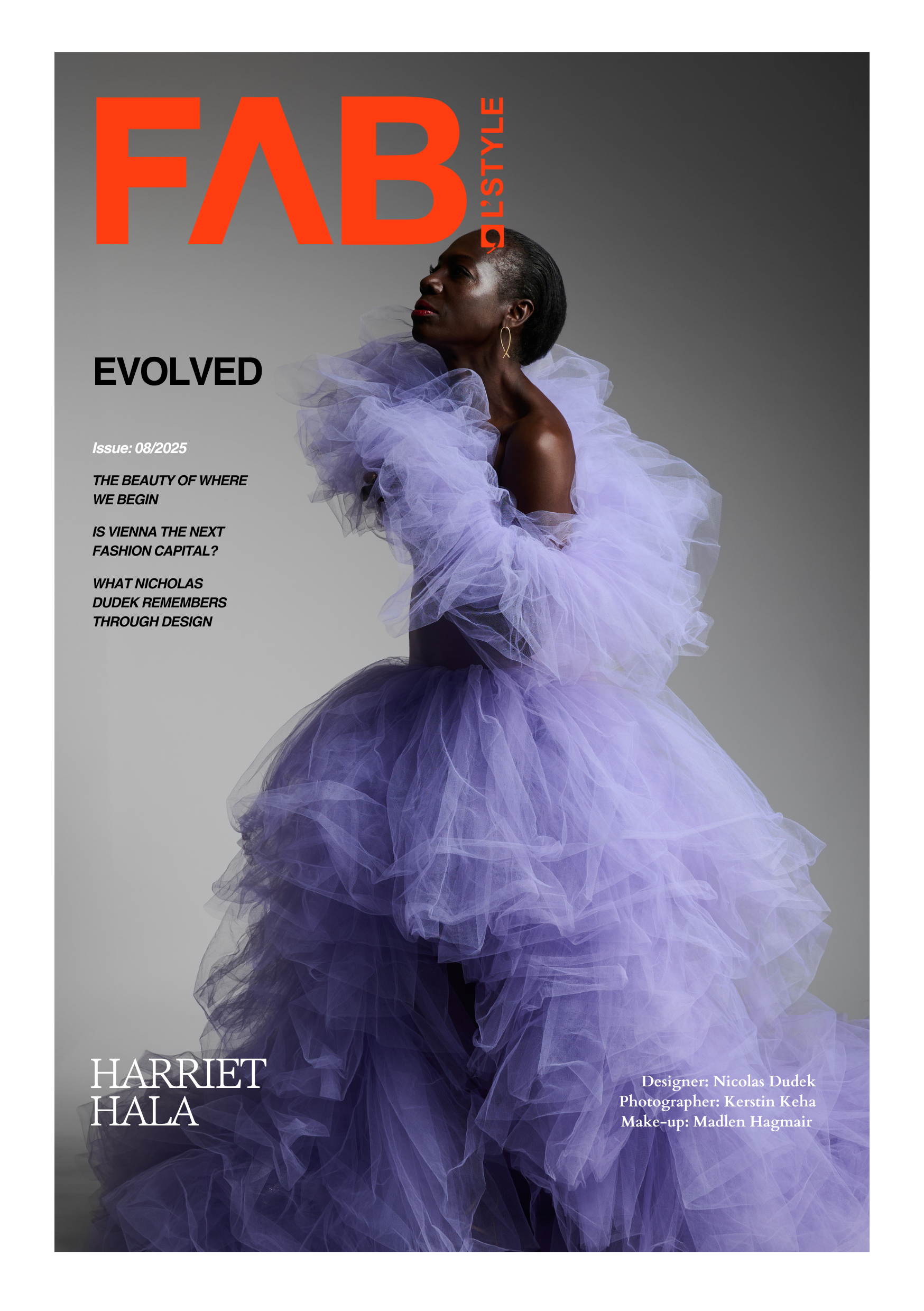Ever walked into an apartment with rattan-inspired decorations? It certainly gives off a feeling of originality and sparks a memory of African culture. Be it a decorative fan, a cane chair thoughtfully sitting at an angle, or on the veranda, carefully positioned against the wind, rattan pieces always give an exquisite finish to interior decorations.
Apart from decorative items, they are used to make usable home accessories like laundry baskets, shopping baskets, and storage containers, which are more durable than the usual plastic materials. Beyond that, it has also found itself woven into the large field of fashion.

Nigeria is home to countless forms of art and craft. Among these sits the rattan craft, which is one of the numerous treasures of the country. Rattan is a versatile and durable natural material used to weave a vast number of items. It is a type of climbing palm plant known for its strength and flexibility. They are planted, harvested, and processed to be skillfully woven into lovely pieces. Although not fully tapped into, the craft still thrives and can possibly gross millions as one major export material in the country while providing employment and sustaining a source of income to weavers and artists.
RATTAN CULTIVATION AND CRAFTSMANSHIP
Coming across items made from rattan in Nigeria, we think of the neighbours from the northern parts who are very gifted in the art of weaving. Items like fans, hats, bags, interior decorations, and mats are distributed from the northern states to other parts of the country. Even more, we didn’t know that there had been a development and a wide spread of rattan plantations all over the country. They are largely cultivated in the south-southern parts of Nigeria and also in the West. Asia is currently the world’s largest exporter of rattan products, but the West African states seem to be stepping up rapidly. Stay up to date on the newest in the world of Fashion, Arts, Beauty and Lifestyle; Follow FAB on socials.
Across the country, businesses thrive on the sale of rattan products. A visit to places like Shuni in Sokoto, where there is a community of skilled weavers, will get you lost in the world of baskets. Ekiti, Kano, Abuja, and Lagos are also home to amazing weavers who create varieties of items from rattan materials. One of the many sites is the big craft market in Lagos, where you can find different forms of rattan items on display. Beneath the Odo Iya-Alaro bridge in Maryland, Lagos is a sure attraction for tourists to purchase souvenirs and for indigenes to buy household items at affordable prices. The market has a long line of traders who sell cane furniture, hammocks, vases, storage boxes, and baskets.
FASHIONABILITY
Did you also know that bridges could be built with rattan? Yes, they are that strong and durable. In fashion, a number of items are also made from it, including earrings, hats, bags, shoes, and clothes. A rattan-inspired beach day style would definitely come out elegant. Think of the hat, the earrings, and the beach basket—isn’t it ‘giving’? Explore eFab Summer Edition now!
IMPACT ON ECONOMY AND SUSTAINABILITY

Way beyond aesthetic purposes, this dried and processed plant is an eco-friendly material, a renewable resource that causes no damage to the environment. It is a sustainable alternative to other non-eco-friendly materials like plastic. Crafted rattan products are a testament to the country’s artistic and creative heritage. The intricate designs and outstanding craftsmanship make them widely desired all over the world. Possibilities are endless in the creative world, and rattan serves as a vehicle in this world of possibilities while also promoting sustainability and increasing the nation’s wealth.
Music and Identity: Blazey, Unapologetically Rebellious, Uplifting, and Boundlessly Creative























